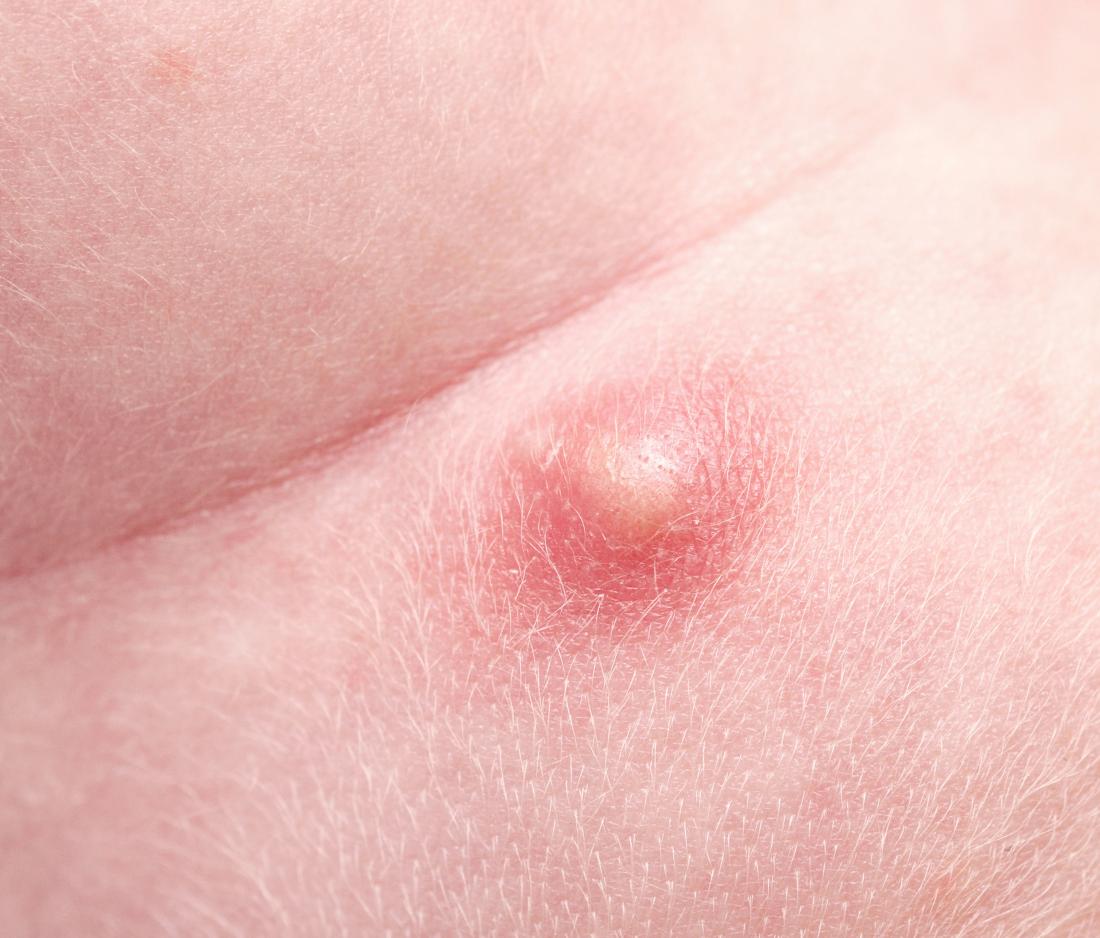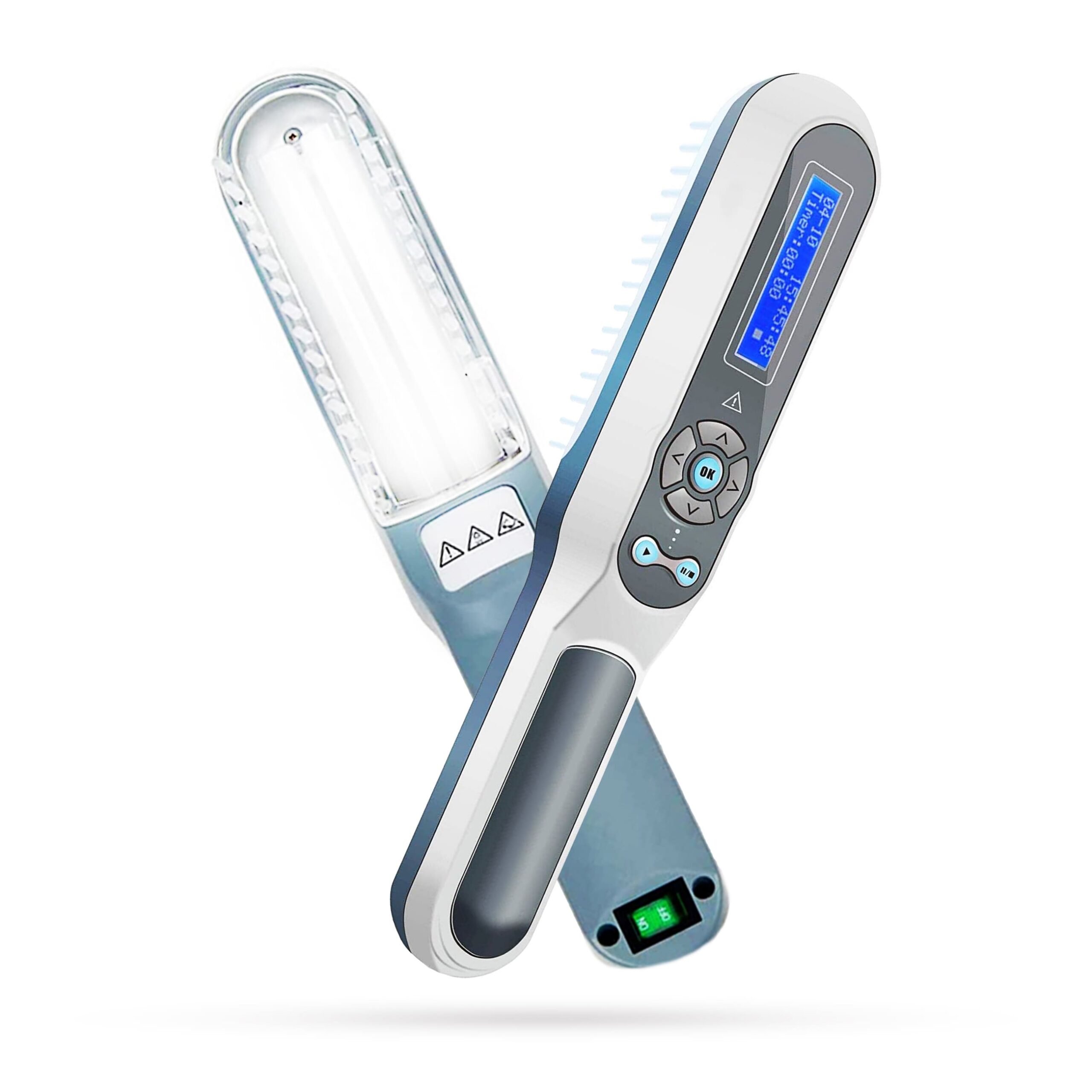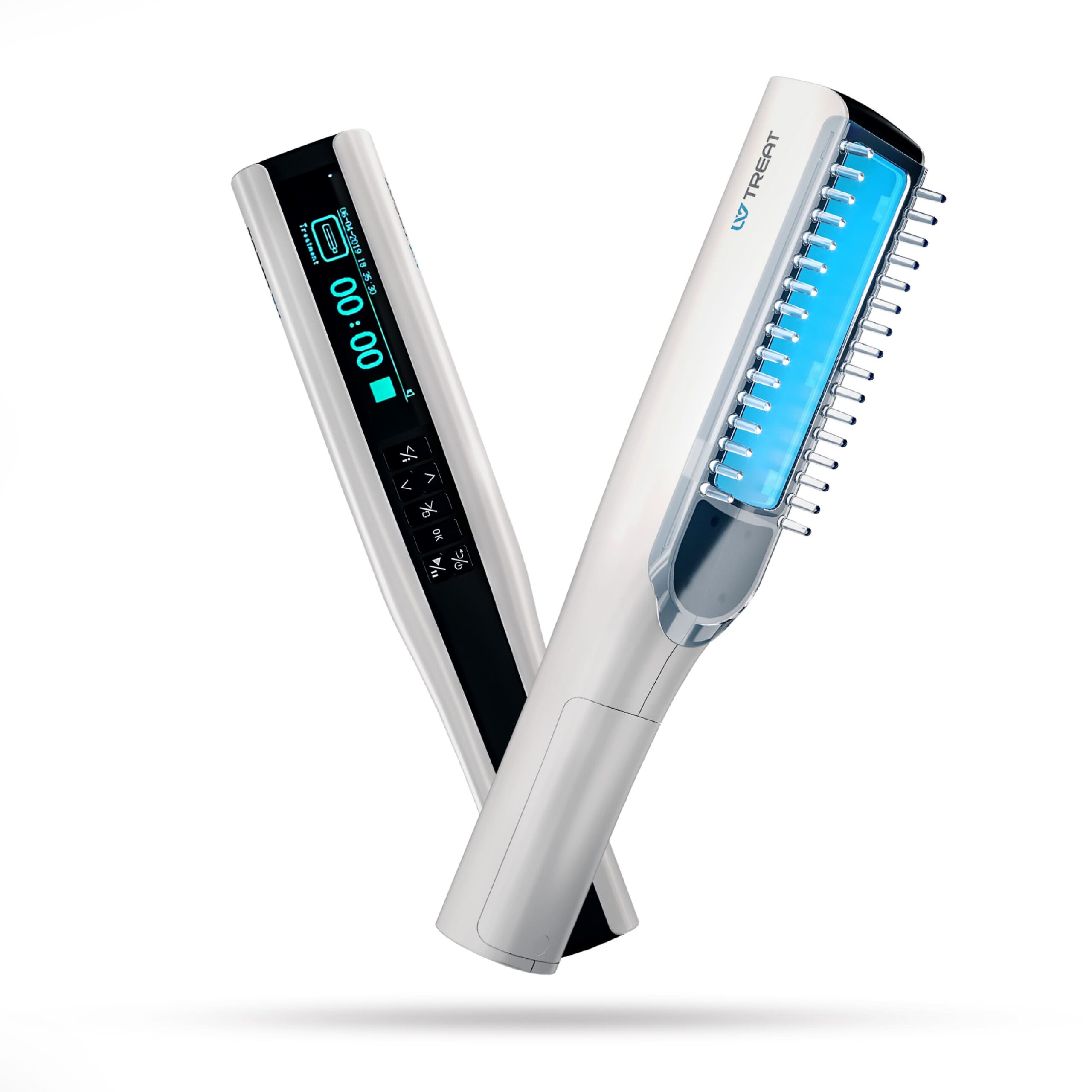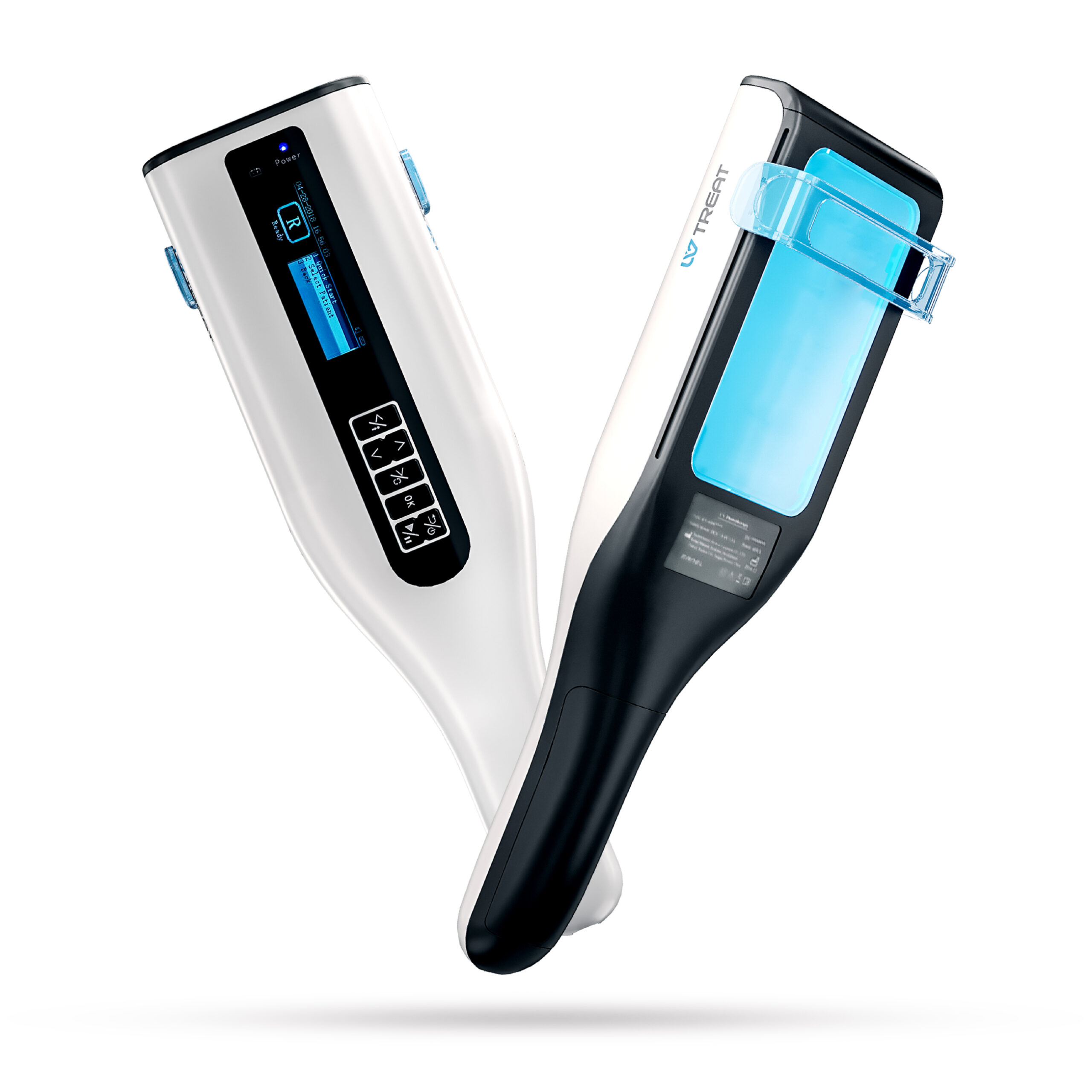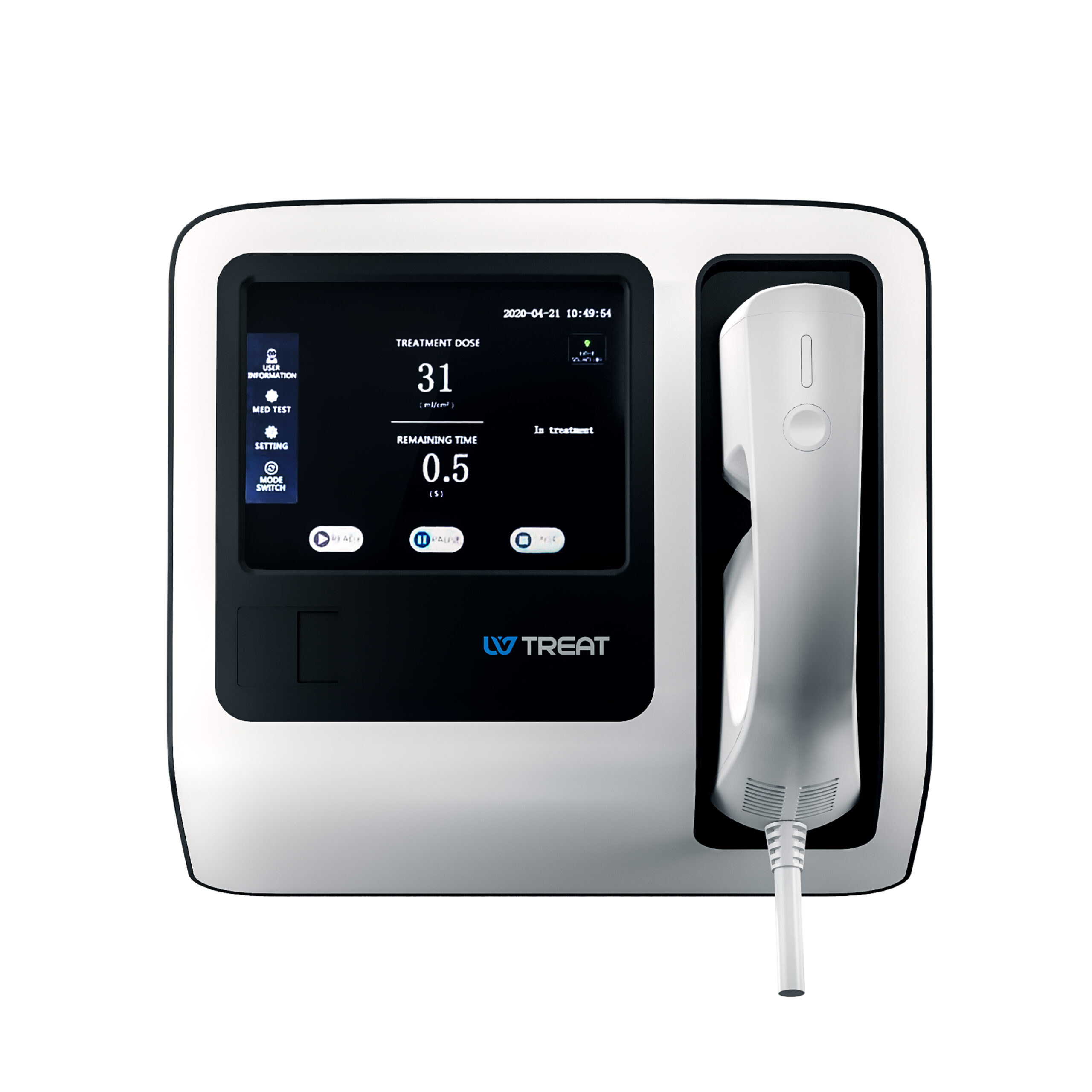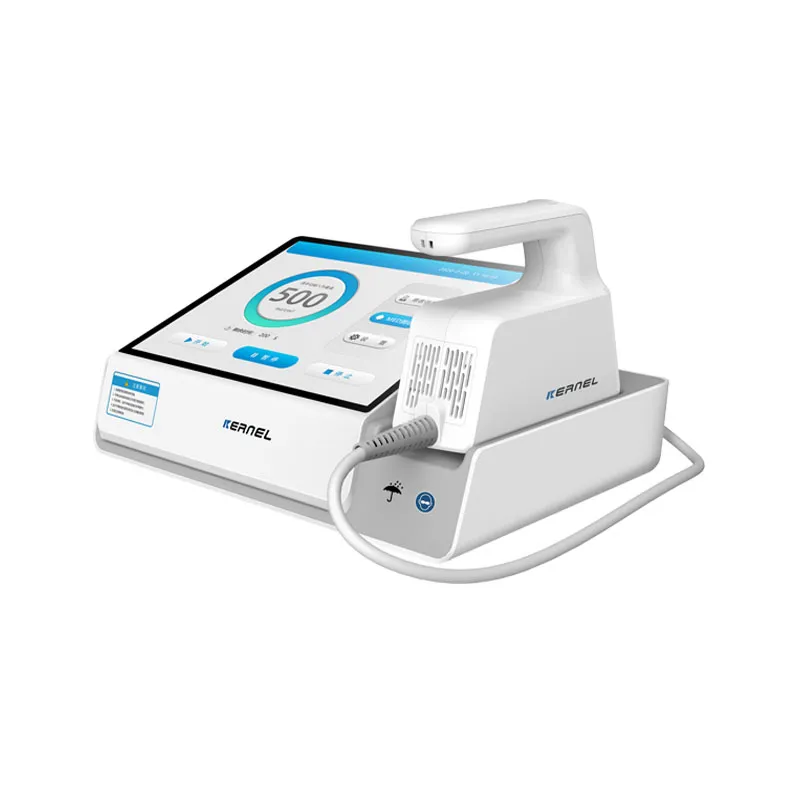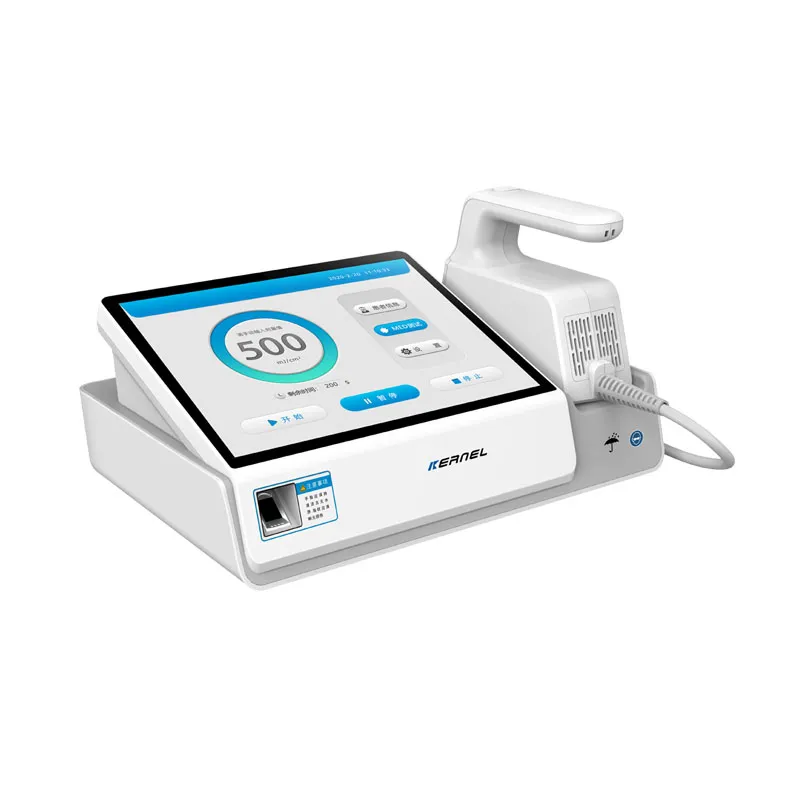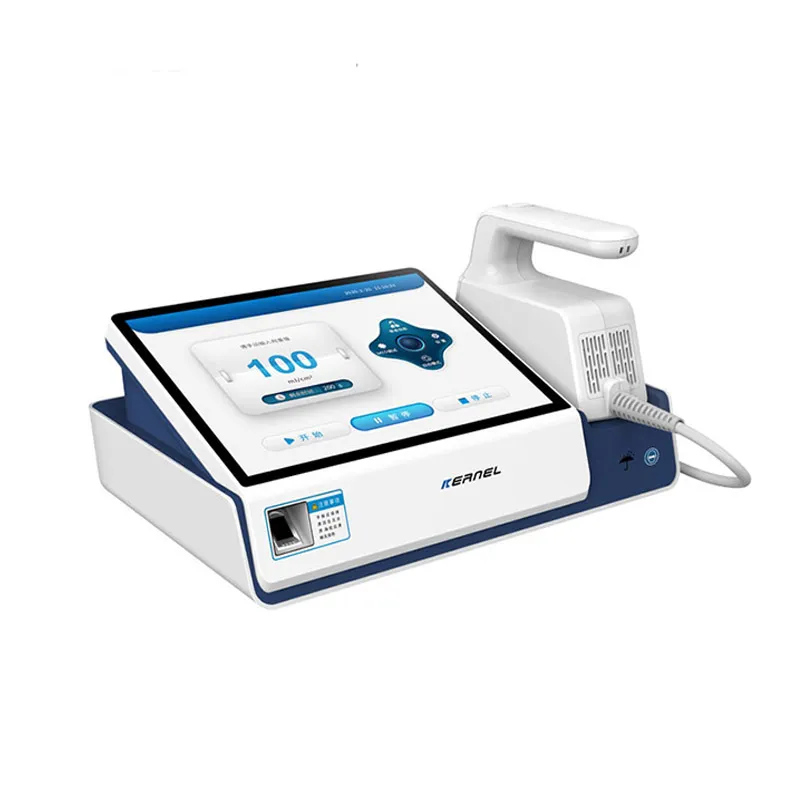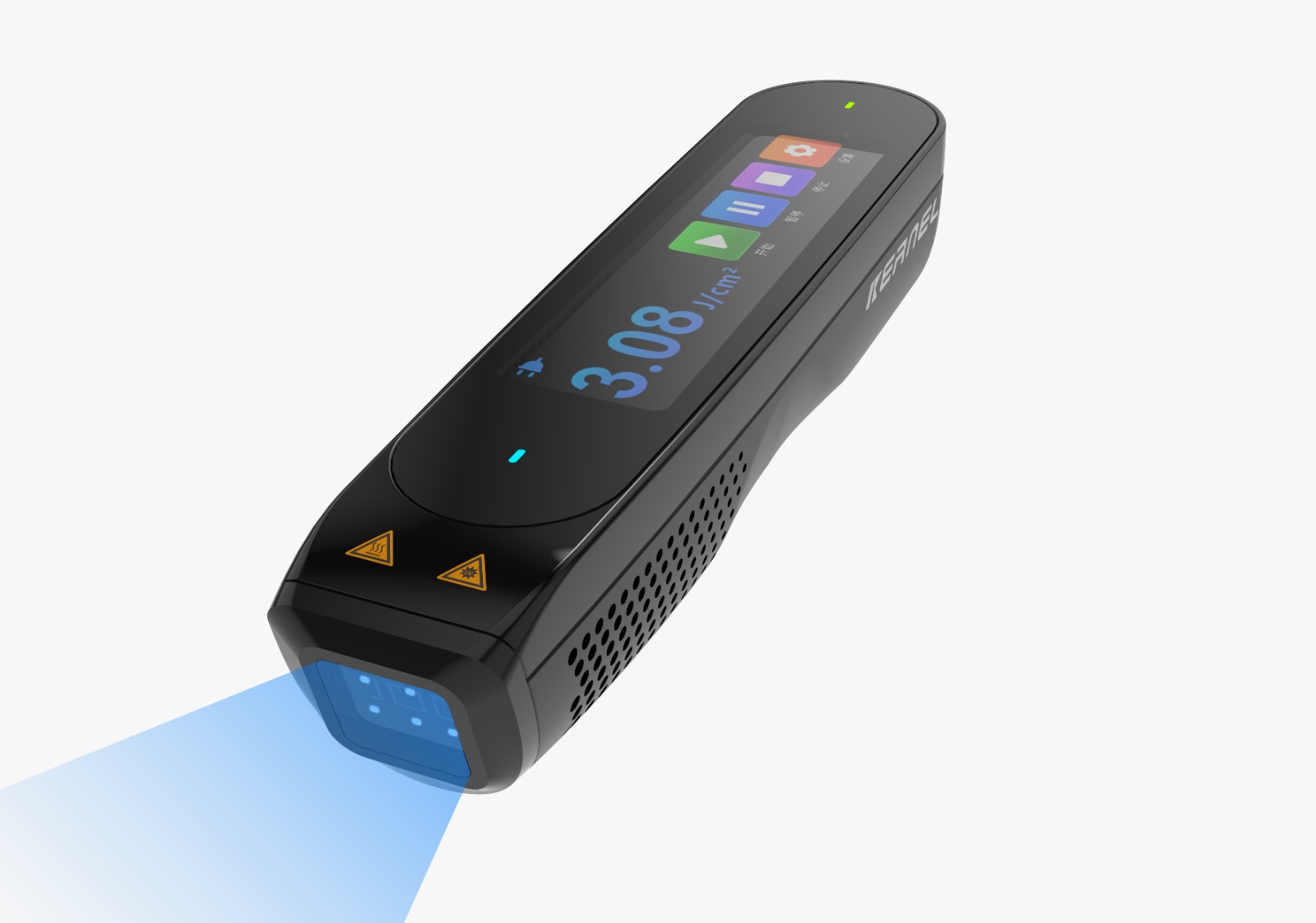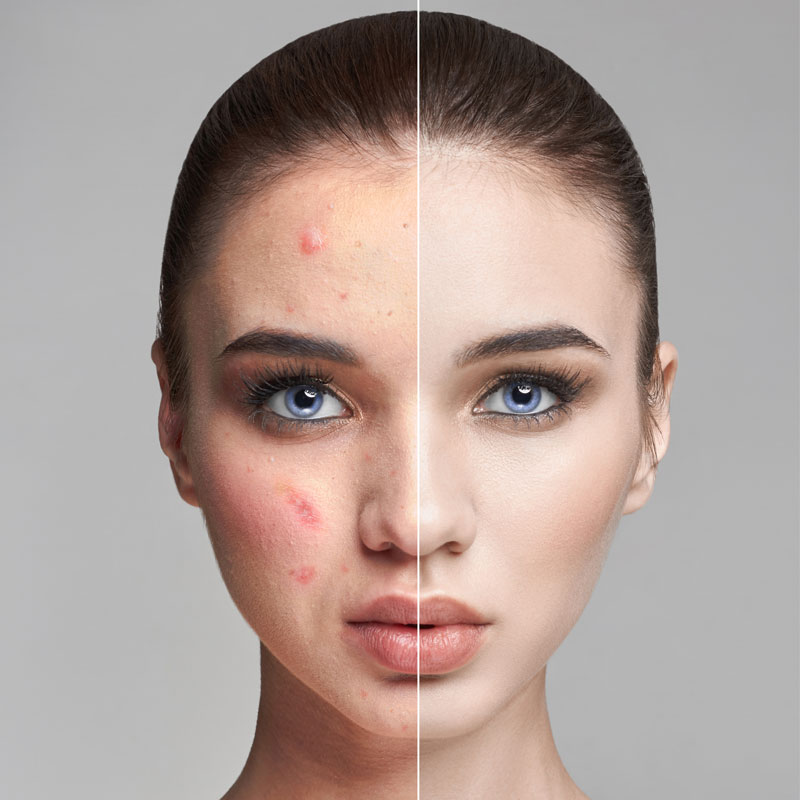Pimples on the scrotum may result from a buildup of dead skin, an infection, ingrown hair, and other issues. Possible treatments and preventive tips include good hygiene practices, applying a cool flannel, and wearing loose clothing.
Noticing a pimple or bump on the scrotum can be worrying, but in most cases, it is not a serious condition. Pimples in this sensitive area may appear for reasons similar to those on other parts of the body, such as blocked pores, hair follicle inflammation, or irritation. However, since some bumps can signal infections or underlying health concerns, it’s important to know the causes, possible treatments, and when to seek medical advice.
What Are the Causes and Treatment for a Pimple on the Scrotum?
Common Causes of Scrotal Pimples
Several factors can lead to pimples or pimple-like bumps on the scrotum:
- Folliculitis
This occurs when hair follicles become inflamed due to bacteria, fungi, or friction. It typically looks like red, tender bumps that may be itchy or filled with pus. Shaving the genital area or wearing tight clothing increases the risk.
- Ingrown Hairs
After shaving or trimming, hairs may curl back into the skin and cause small, inflamed bumps. These can be painful and may resemble pimples or small cysts.
- Genital Acne
Hormonal changes can trigger excess oil production, leading to clogged pores and acne in the genital region. This is especially common during puberty but may occur at any age.
- Sebaceous Cysts
These are harmless, fluid-filled lumps caused by blocked sebaceous glands. While usually painless, they can swell or become infected, resembling pimples.
- Contact Dermatitis
Irritation or allergic reaction from soaps, detergents, or latex condoms can result in an itchy rash with pimple-like spots.
- Heat and Sweat
Hot weather and sweat accumulation may cause heat rash, which presents as clusters of red bumps similar to acne.
- Sexually Transmitted Infections (STIs)
Certain STIs, such as herpes or syphilis, can cause sores or bumps around the genitals. Unlike simple pimples, these may be painful and require urgent medical evaluation.
Types of Pimples and Skin Bumps
Not all scrotal bumps are true pimples. Common types include:
- Atopic acne or clogged pores – small whiteheads or blackheads.
- Sebaceous cysts – firm, round lumps under the skin.
- Folliculitis bumps – red or pus-filled spots around hair roots.
- STI-related lesions – painful blisters, ulcers, or unusual growths.
Recognizing the type of bump is key to choosing the right treatment.
Treatment Options for Scrotum Pimples
Treatment depends on the cause. Some simple approaches include:
- Good hygiene: Wash gently with mild, fragrance-free soap and keep the area dry.
- Over-the-counter creams: Benzoyl peroxide or salicylic acid may help with acne and folliculitis. Hydrocortisone cream can reduce itching from irritation.
- Warm compresses: Useful for soothing ingrown hairs or helping small cysts drain naturally.
- Avoiding irritants: Switch to hypoallergenic detergents and breathable underwear fabrics.
- Medical treatments: Antibiotics, antifungals, or antivirals may be prescribed if an infection is diagnosed. For larger cysts, a doctor may drain or surgically remove them.
Treatment Options
Treating pimples on the scrotum involves addressing the underlying cause while alleviating symptoms. The following are potential treatments categorized based on specific causes.
1. Personal Hygiene and Skincare
Maintaining good hygiene is essential for preventing and managing pimples on the scrotum. Washing the area with gentle, fragrance-free soap and keeping it dry can help reduce irritation and prevent folliculitis or acne. Avoiding tight clothing and ensuring the area is ventilated can prevent sweat build-up and reduce friction.
2. Over-the-Counter Treatments
For minor acne or folliculitis, over-the-counter topical creams containing benzoyl peroxide or salicylic acid can help reduce inflammation and clear plugged pores. Hydrocortisone cream may also alleviate irritation and itching caused by contact dermatitis or minor allergic reactions.
3. Warm Compresses
Applying warm compresses to cysts or ingrown hairs can help reduce discomfort and promote drainage. This method softens the area, allowing the blockage or ingrown hair to surface naturally.
4. Avoiding Triggers
Identifying and avoiding personal care products that irritate the skin can prevent contact dermatitis. Switching to hypoallergenic or fragrance-free alternatives and avoiding irritants like latex improves skin health and alleviates symptoms.
5. Prescription Medications
If over-the-counter treatments fail to resolve the issue or if there is a suspicion of an STI, seeking medical advice is crucial. Prescription antibiotics, antifungal, or antiviral medications may be necessary. In cases of severe acne, oral medications such as isotretinoin might be prescribed by a healthcare provider.
6. Professional Medical Intervention
For larger sebaceous cysts or recurrent folliculitis, professional medical treatment might be necessary. A healthcare provider can safely drain cysts or employ specialized procedures to remove them. In the case of STIs, a medical professional can conduct tests and prescribe the necessary treatment regime.
7. Natural Remedies
Natural remedies like tea tree oil or aloe vera can have antibacterial and soothing effects. However, their efficacy can vary, and they should be used cautiously, as some individuals may have allergic reactions.
When to Seek Medical Attention
While many cases of pimples on the scrotum can be managed with home treatments and lifestyle modifications, certain situations necessitate medical evaluation. It’s vital to consult a healthcare professional if:
- The pimple is accompanied by severe pain, swelling, or redness.
- There is a persistent or recurrent outbreak of bumps.
- Signs of infection develop, such as pus or fever.
- There is suspicion of an STI due to additional symptoms, such as unusual discharge or discomfort during urination.
Conclusion
Pimples on the scrotum are relatively common and often harmless, but they can sometimes point to infections or other conditions. Practicing good hygiene, wearing breathable clothing, and avoiding irritants can help prevent outbreaks. If bumps persist, worsen, or raise concern, consulting a doctor ensures safe and effective treatment. Taking a proactive approach to genital skin health supports both comfort and confidence.
Frequently Asked Questions About Pimples on the Scrotum
What Causes Pimples on the Scrotum?
Pimples on the scrotum can be caused by various factors, including ingrown hairs, clogged pores due to oil and sweat, or irritation from tight clothing. In some cases, they may be a result of folliculitis, which is an infection of the hair follicles.
Are Pimples on the Scrotum Common?
Yes, pimples on the scrotum are relatively common and can affect any adult male. They are usually harmless and may occur due to normal skin conditions or grooming habits.
How Can I Treat Pimples on the Scrotum?
To treat pimples on the scrotum, practice regular hygiene and wear loose-fitting, breathable underwear made from natural fabrics. Over-the-counter treatments containing salicylic acid or benzoyl peroxide can help. However, if irritation persists, consult a healthcare provider.
When Should I See a Doctor about Pimples on the Scrotum?
If the pimples on the scrotum are persistent, painful, or accompanied by other symptoms such as swelling or fever, it’s advisable to see a doctor. It may indicate an infection or another underlying condition that requires medical attention.
Can I Prevent Pimples on the Scrotum?
To prevent pimples, maintain a good hygiene routine, avoid tight clothing, and use a gentle, non-irritating soap. It’s also beneficial to change into clean underwear regularly and avoid sharing towels or grooming tools.
